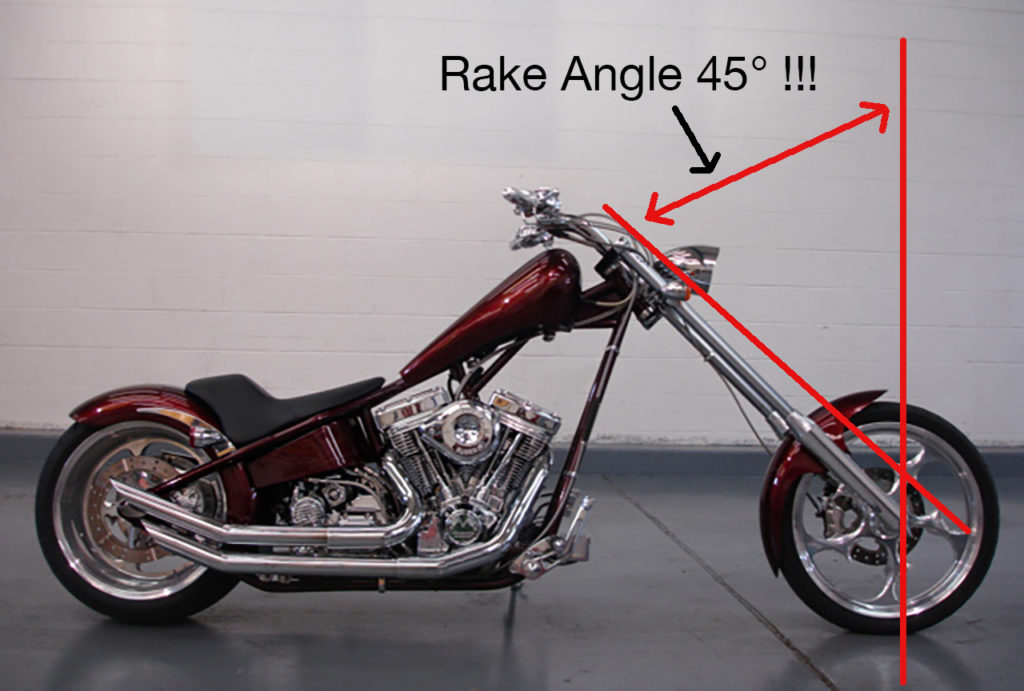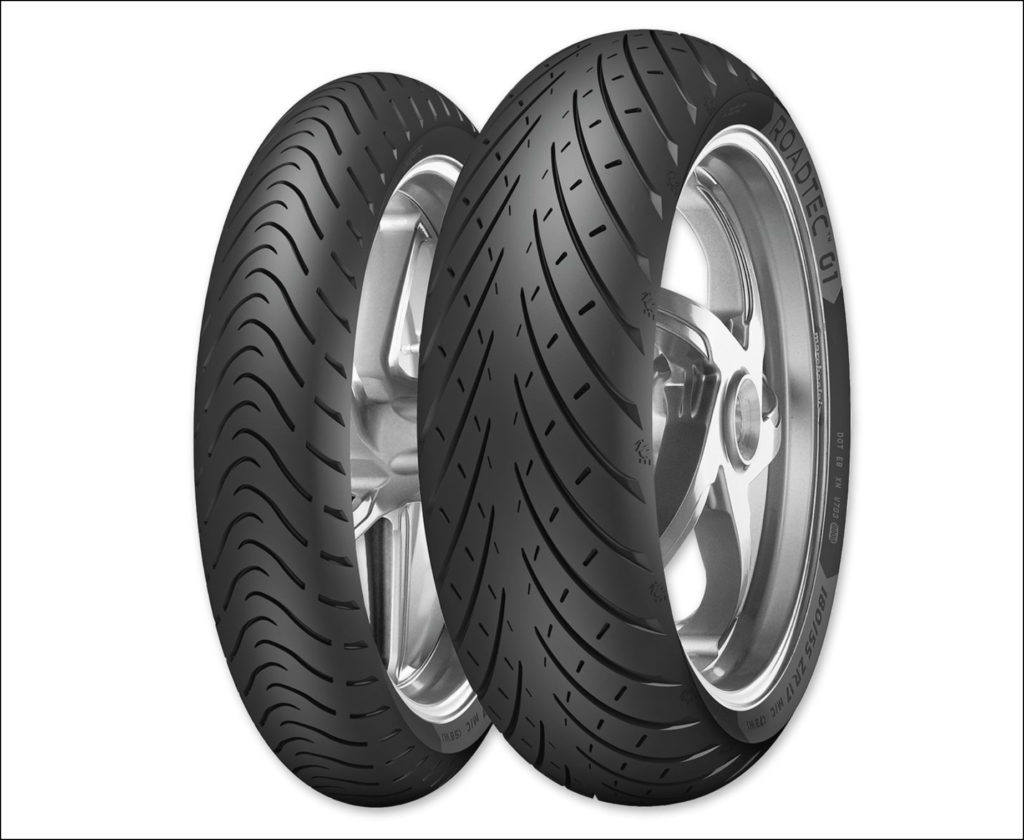SURVIVAL IN THE SADDLE • PART 5
Ask a dozen different motorcyclists about steering and countersteering motorcycles and you’ll get a dozen different opinions about how and when certain techniques should be executed. Heck…you’ll get a dozen different definitions of what countersteering means! I’m not interested in starting any great debate here. I’m just going to lay out some irrefutable science about motorcycle dynamics. What you do with these facts is your business, but they can’t be denied. Applied properly they will make you a better rider and allow you to attack the roads more confidently and aggressively…both of which will make your riding experiences safer and much more fun.

In one previous post we talked about some of the most common dangers that motorcyclists face “around town” when negotiating intersections. In another post we discussed the hazards of motoring through parking lots and past parked cars. Now it’s time to get out on the road and really do some riding.
This topic of steering and countersteering motorcycles is going to be broken up into two parts. In this, the first part, we’re going to discuss some of the basics of what makes a motorcycle work. In the next post we’re going to put this theory into practice out on the road. If you want to be a better rider you need to understand what your motorcycle can and can’t do for you. Do not jump ahead to the next post without reading this one first.
Your Bike Wants To Stay Upright
If you were riding down the highway, set your cruise control and jumped off your motorcycle, it would continue on in a straight line until it ran out of gas. Why? Because all bikes will naturally steer themselves in a straight line. Much like a gyroscope your motorcycle wants to stay upright. It wants to travel in a straight line. It’s designed to do so.

Once you’re rolling at 5 MPH, riding a 900 pound touring machine is just as easy as riding a 350 pound sport bike. That’s not to say that all bikes are created equal. Quite the contrary. They’re all different. Distinctive frame geometries and tire profiles enable particular styles of bikes to do different things well.
What Makes A Motorcycle Turn?
The short answer: you do! With no input from the rider other than throttle, the motorcycle will go in a straight line in an upright orientation. Not all roads are straight, however, and you’re ‘forced’ to make corrections to the motorcycle’s natural tendency in order to get the motorcycle to go around a bend in the road.
You must counter the motorcycle’s natural tendency to travel in a straight line. Thus the term countersteering. Simply described, force must be applied to the handlebars making the bike lean to one side or the other. This leaning breaks the motorcycle’s natural tendency to go straight ahead and turn in the direction you have forced the bike to lean towards.

Don’t overthink this too much. Too many riders do. It’s a technique that really comes quite intuitively. You’ve been doing it since your were a small child on your first bicycle. There was probably no great discussion of countersteering dynamics when your parents taught you how to ride a bicycle. It came naturally; and it will on a motorcycle, too.
Front End Geometry
The greater the rake of the front end, the greater the straight line stability. A chopper, such as my old Vengeance Vertabreaker pictured below, is a perfect example. This bike would track in a straight line on the highway with virtually no input from the rider whatsoever. Turning it was another story altogether. A bike with such an exaggerated front end geometry required a lot of muscle to get it leaned over enough to hold it in a turn. I used to joke that you had to plan turns miles in advance. It really was no joking matter. These bikes may look great rolling down Main Street during bike week, but are a beast to ride out on the backroads.

To the contrary, consider a motorcycle such as my friend’s BMW S1000R pictured below. It has such a narrow rake angle that even the slightest input from the rider will ‘flick’ it wherever you want it to go. Motorcycles such as this are highly maneuverable and agile but require much more delicate input from the rider to get them going where you want them to go.

You’ll often see mention of trail specifications alongside the rake numbers. Trail is basically a measurement of the distance along the ground between the steering axis of the front forks and the contact patch of the front tire. A discussion of the effects of trail measurements is beyond the scope of this article, but you can certainly do your research on this measurement if you are so inclined.
Contact Patch
You’re not getting off that easy, though. I casually mentioned the terms trail measurement and contact patch in the paragraph above to lead into a discussion of tires. Particularly a discussion of tire profiles and a tire’s contact patch. A tire’s contact patch, described as simply as possible, is that part of the tire that is in contact with the pavement at any given time. Keep in mind that the contact patch runs around the entire circumference of the tire, but only a small portion of that is in contact with the pavement at any given time.
When you’re riding in a straight line down the road; the tire’s contact patch meets the road as shown in the illustration below:

When you’re negotiating a curve in the road; the tire’s contact patch meets the road as shown in this second illustration below:

Size Matters
The first thing you’ll notice when comparing these illustrations is that the contact patch actually gets larger the more you lean a motorcycle. A larger patch of rubber meets the pavement when the bike is leaned over. That is by design. Tire design. Your motorcycle needs more “grip” to adhere to the road when negotiating a curve. In essence, you need all the help you can get to keep the bike from doing what it wants to do. It wants to stand upright and go straight ahead. The increased contact patch size of a leaning motorcycle tire is exactly the help that you need to keep it leaning and turning.
As the motorcycle completes the turn the rider relieves the pressure applied to the handlebars and the bike will naturally “stand itself up” and move forward in a straight line again. This process, in essence, is all there is to steering a motorcycle around those wonderful bends in the road that we all enjoy navigating.
Shape Matters Too
Let’s quickly examine how tire design plays a role in creating that all-important contact patch. Pictured below is a typical “all around” sport touring tire. This tire is the Metzeler Roadtec 01 series, which happens to be my personal favorite tire for use on my BMW motorcycle. It is clearly the best tire for riding in wet weather that I have ever used.

The next one pictured below is from the Pirelli Diablo Rosso series of sport bike tires. By design the tire has less grooves and more rubber. This translates into a larger contact patch for greater grip. Tires such as these will allow the rider to be more aggressive in the turns. More contact patch equals more traction. The downside of tires such as these for street riding is that the limited grooves afford very poor performance in wet conditions. Those grooves are there to shed water; and there are very few of them on these performance tires.

Special Use Tires
The next tire we’ll look at is the Shinko R525; a tire designed for extreme off road adventure motorcycles. These tires allow ADV riders to navigate over dirt, rock, mud, gravel and even snow. The aggressive tread pattern provides little in the way of contact patch. Its grip is designed for the rough stuff, not the road.

More casual adventure motorcyclists will opt for a hybrid tire like the Michelin Anakee Adventure Dual Sport. Often referred to as “80/20” tires (80% of the time on road…20% of the time off road) these offer the ADV motorcycle rider the option of traversing both types of surfaces. Naturally there is a bit of compromise involved. The aggressive tread pattern yields a smaller contact patch for riding on pavement and the off road performance isn’t as good as a tire designed specifically for rough terrain. Hardcore ADV riders will generally keep two sets of tires on hand and choose the one most appropriate for the day’s journey.

The last tire we’ll look at is the Shinko 008 slick. This is a track only racing tire. It has no place on the street. With no visible tread it offers the maximum size contact patch for the ultimate in traction. Of course a tire like this can never be used in the rain. Racers keep a second set of rain tires on hand for when adverse weather hits the race track.

A Great Resource
Volumes have been written about the process of steering and countersteering motorcycles. What is presented here in this article are just the basics. As you develop as a motorcyclist you will want to learn more about the intricacies of steering and countersteering motorcycles. You will want to develop more advanced skills. Again…what’s laid out here are just the basics you need to understand.
For those that really want to know ALL there is to know about the physics and dynamics of how a motorcycle turns; get your hands on David Hough’s book Proficient Motorcycling: The Ultimate Guide To Riding Well. Read through the appropriate sections of this legendary motorcycling volume and you’ll see that this article really just scratches the surface of the topic. This book truly is “The Bible” for motorcyclists. It has earned a well-deserved place on The Roadcraft USA Bookshelf.

Steering And Countersteering Motorcycles • Conclusion
We truly hope you enjoyed reading this post and have taken away some valuable information. In the next post we’re going to take what you’ve learned here out on the road with us. We’re going to show you how to safely carve up the curvy roads in the most enjoyable, most exhilarating manner. As always we welcome your comments below. Be sure to subscribe to Roadcraft USA for notifications and special offers.
Please help support the Roadcraft USA online resource by making product purchases through the links in this post. As Amazon Associates we earn commissions from qualifying purchases made through these links. There is no additional cost to you whatsoever. Thank you for your support!
Click Here to view an interactive visual index page where you can quickly browse through all of the great features that are published on the Roadcraft USA blog.



Good article.
Thank you, Leroy…and thanks for visiting Roadcraft USA!